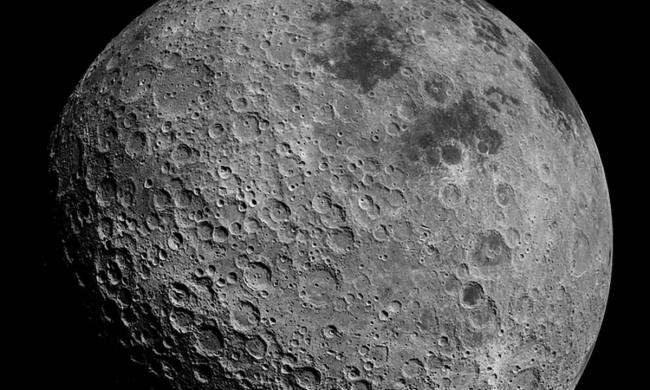An Indian spacecraft that is approaching the moon’s south pole recently snapped images of the lunar surface. The images, shared by Indian space agency ISRO, show the view on approach from the Chandrayaan-3 spacecraft shortly after it entered orbit around the moon.
The mission, launched last month, aims to set down an uncrewed lander near the lunar south pole — a never-before-landed-on region but one which a growing number of space agencies including NASA have plans to explore more in the coming years. The Indian mission has also grabbed public attention as it is seen as being in a head-to-head race with a Russian moon mission, Luna-25, which launched earlier this month.

On Friday, August 18, the ISRO shared images taken from the Chandrayaan-3 mission by two of the spacecraft’s cameras, the Lander Imager Camera-1 and the Lander Position Detection Camera. These images should help with the upcoming landing attempt which will be made next week.
Chandrayaan-3 Mission:
View from the Lander Imager (LI) Camera-1
on August 17, 2023
just after the separation of the Lander Module from the Propulsion Module #Chandrayaan_3 #Ch3 pic.twitter.com/abPIyEn1Ad— ISRO (@isro) August 18, 2023
Chandrayaan-3 Mission:
🌖 as captured by the
Lander Position Detection Camera (LPDC)
on August 15, 2023#Chandrayaan_3#Ch3 pic.twitter.com/nGgayU1QUS— ISRO (@isro) August 18, 2023
The images show various craters on the moon’s surface such as one named after Italian philosopher Giordano Bruno and an impact crater named Harkhebi. The Earth is also visible just in the corner of one of the images, peeking over the very edge of the frame.
The spacecraft includes a lander called Vikram and a rover called Pragyan, with the propulsion module of the craft remaining in orbit around the moon to act as an orbiter. The mission follows the Chandrayaan-2 mission which launched in 2019 and resulted in a successful orbiter spacecraft but a failed landing attempt.
The plan for this mission is to reach the surface safely and have the rover investigate the nearby area to the landing site using instruments including a spectrometer and a spectroscope, particularly to understand the moon’s composition. The rover will operate for two weeks, performing various experiments.
Scientists are particularly interested in the moon’s south pole as it is thought it could host water ice deposits, which would be important for future crewed missions to the moon for the longer term such as those planned by NASA as part of its future plans for crewed lunar exploration following the Artemis program.



